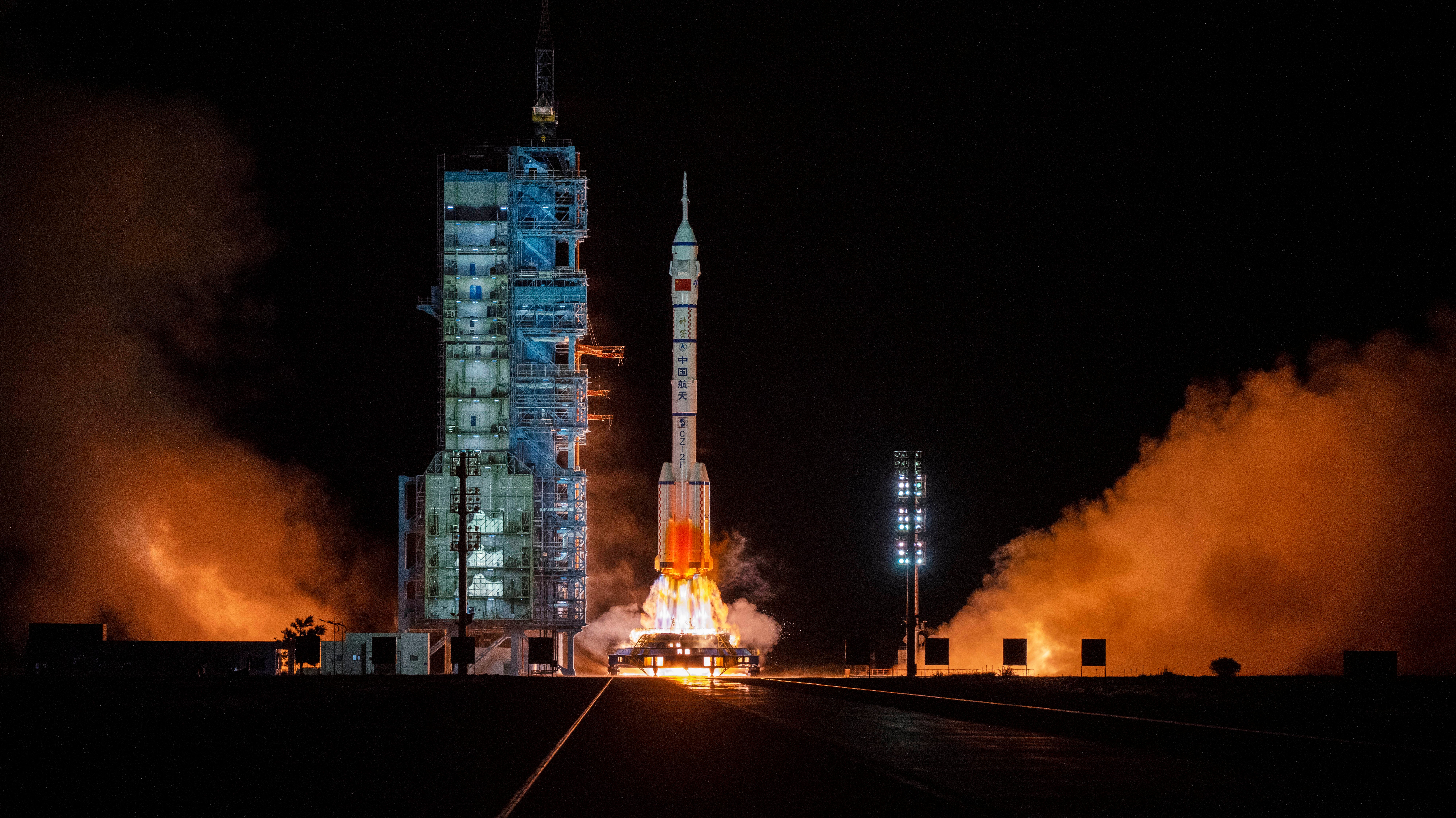China has a new mission to look for alien life
The Closeby Habitable Exoplanet Survey will examine stars’ gravitationl pull to look for surrounding exoplanets

Your support helps us to tell the story
From reproductive rights to climate change to Big Tech, The Independent is on the ground when the story is developing. Whether it's investigating the financials of Elon Musk's pro-Trump PAC or producing our latest documentary, 'The A Word', which shines a light on the American women fighting for reproductive rights, we know how important it is to parse out the facts from the messaging.
At such a critical moment in US history, we need reporters on the ground. Your donation allows us to keep sending journalists to speak to both sides of the story.
The Independent is trusted by Americans across the entire political spectrum. And unlike many other quality news outlets, we choose not to lock Americans out of our reporting and analysis with paywalls. We believe quality journalism should be available to everyone, paid for by those who can afford it.
Your support makes all the difference.China is launching a new mission to look for potentially habitable alien worlds.
The mission, called the Closeby Habitable Exoplanet Survey (CHES), will take ultraprecise measurements of the movement of stars and compare whether they are under the influence of a gravitational pull; if they are, it is more likely they have exoplanets orbiting around them.
This mission would also be able to provide estimates of the masses of exoplanets and the distance between them and their host stars, which could provide more information about whether these planets could home life.
Currently, the mission is targeting 100 stars similar to our own Sun within a radius of 10 parsecs (33 light years) of our own planet.
"CHES would be a fabulous addition to exoplanet exploration," said Elizabeth Tasker, an associate professor at the Japan Aerospace Exploration Agency, told Space.
"While the potential number of targets is small, the measurement of planet mass for worlds orbiting our neighboring K-, G- and F-type stars would be a valuable addition to our current data and a step towards identifying habitable worlds.".
The mission will not be able to probe the surface of the planets, but their mass could give an indication of their atmosphere. Higher-mass planets will have a thicker atmosphere than the earth, trapping hydrogen and helium and making it more likely to be hotter.
The range of light that moves through an exoplanet’s atmosphere could be a kay indicator about its composition.
This is not the only mission that China is launching to explore the possibility of alien life. China is also preparing its Earth 2.0 mission to look for planets that humanity could inhabit, with a craft launching at the end of 2026.
The Earth 2.0 satellite will have seven telescopes that will look into the depths of space for four years. Six of the telescopes will look at the Cygnus–Lyra constellations, which have already been examined by the Kepler telescope – giving astronomers a good base on which they can investigate potential alien worlds. The telescopes on the craft will look for far-off worlds by detecting changes in a star’s brightness that would suggest a planet has travelled in front of it.
Join our commenting forum
Join thought-provoking conversations, follow other Independent readers and see their replies
Comments